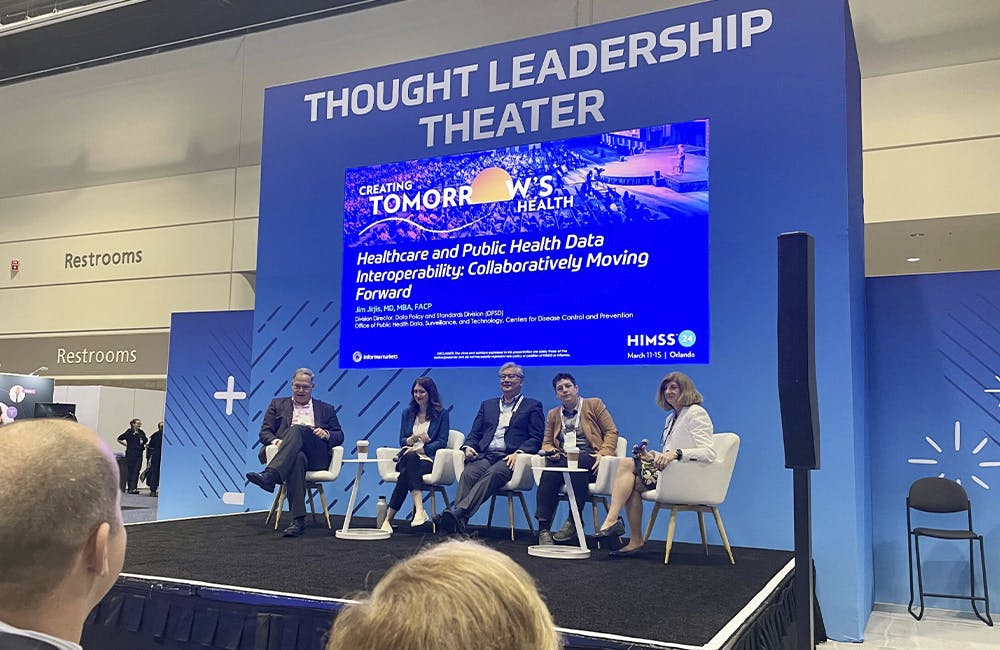How Air Force Flexible Approach to IT Enables Modernization
As-a-service’ models are enabling a digital-first modernization strategy.

The U.S. Air Force’s flexible approach to enterprise IT-as-a-service enables servicemembers to implement data and cybersecurity solutions at mission speed, which Air Force leaders say is critical for deflating budgetary bloat, slashing mission response times and brainstorming creative solutions to common IT problems.
“When we’re talking as-a-service models, it really allows us to consume those services and not have the burden of the capital expenditures you would have when you run an organization this large,” said Venice Goodwine, director of enterprise IT at the service, during a C4ISRNET Office Hours webinar last week. “It’s a gamechanger for us as a department. The landscape is changing, COVID-19 showed us that.”
The Air Force’s end goal to become fully digital comes with sacrifices, but also an opportunity for creativity.
“When it comes to requirements, … sometimes we have to make hard choices because there are more requirements than there are funding,” Goodwine said. “So if it’s not met, what does that mean? Being creative and thinking outside the box is one way we address that risk.”
This agile approach to IT services allows Air Force Chief Data Officer Eileen Vidrine to enhance data interoperability efforts.
“What we have looked at really is about being capability focused,” she said at a Dell Technologies event last week. “We literally looked at some of the pathfinders in our department in air and space and partnered with our Chief Architect Preston Dunlap to run a series of design sprints, bringing in our functional experts to build interoperable, secure solutions going forward. It’s not about having one solution, it’s about having a data-first ecosystem that can work not only between our services, but our other military partners, Navy, Army or allied partners.”
Vidrine also stood up a virtual data innovation lab and a cross-domain data platform in the multi-cloud to implement DOD’s data strategy and make data “actionable” for the Air Force and Space Force.
“Mission data is protected, but it’s really about making sure we catalogue and tag and have visible and accessible data at the speed of mission and relevancy to support our warfighter and our military departments and allied partners,” Vidrine said. “It’s not one of us doing it, it’s really a whole collaborative effort to make that happen.”
While working in concert is key to modernizing IT at the service, Vidrine and Goodwine see the workforce as the key driver of modernization. Vidrine said her data innovation lab and data platform are “really about bringing that data in quickly and making it as actionable as quickly as possible and empowering (people) to do it.”
“When we come to legacy, we’re using tools to reskill our workforce, but also taking advantage of the cloud and making sure we’re taking advantage of the emerging technologies and artificial intelligence,” Goodwine said. “The shiny toy is good, but I have to make sure I have the workforce to implement that shiny toy. We think about our workforce when we think about emerging technologies, it’s not about the tool anymore. Taking that holistic approach for emerging technology is something we’re definitely doing.”
This is a carousel with manually rotating slides. Use Next and Previous buttons to navigate or jump to a slide with the slide dots
-

IRS Tax Filing Pilot Part of Digital-First Customer Experience Plan
Many taxpayers increasingly expect flexible, easy and self-directed digital interactions, agency leaders said.
5m read -

VA Kicks Off EHR Program at Joint Facility with DOD
The agency's Dr. Neil Evans briefed how the Oracle-Cerner program rollout in North Chicago is informing next steps in EHR modernization.
4m read -

Defense Planning Commission Recommends Common Analytics System
The group's report says that data modernization is critical to streamlining and providing agility to budgeting process.
3m read -

Health Agencies Tout Standards in Data Sharing, Interoperability
Officials from CMS, ONC and HHS spoke about data standards and how to help smaller health organizations make modernization progress.
3m read








